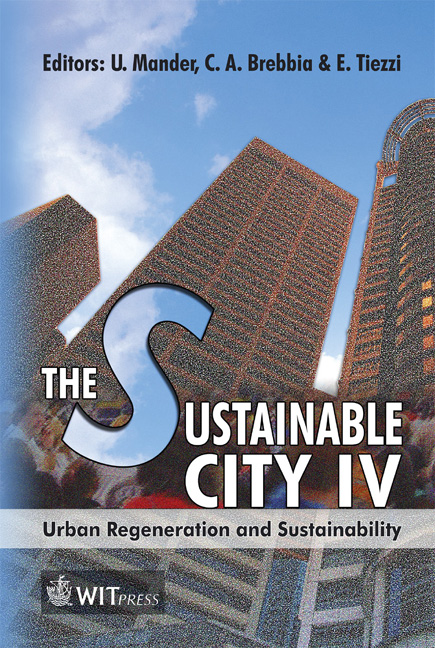Sustainable Reconstruction And Planning Strategies For Afghan Cities: Conservation In Cultural And Environmental Heritage
Price
Free (open access)
Transaction
Volume
93
Pages
11
Published
2006
Size
928 kb
Paper DOI
10.2495/SC060051
Copyright
WIT Press
Author(s)
B. A. Kazimee
Abstract
The reconstruction process of Afghan cities demands a sustainable course of development so that once again they can resurrect their once vital and attractive human-environmental capacities. In this paper effort has been made to present strategies and explore processes whose intent is to point to a rediscovery of the art and science of designing a sustainable course of development. It seeks to synthesize the principles of sustainability into an agenda for the design of towns and cities. These strategies serve as indicators to sustainable development; they should be used to define inherent qualities, carrying capacities and required ecological footprints of a place. Furthermore they are established to allow designers to model, measure and program sustainable standards as well as monitor the regenerative process of cities. 1 Introduction The post war reconstruction of Afghan cities poses critical questions to the Afghan professionals who along with the world community, now struggle to shape the built environment of this 25 years war stricken country. A deadly war which was imposed on Afghanistan, first by the hegemonies of Soviet Union in 1978 which lingered for 14 years and then the calamity of civil war and the avaricious contest of warlords for power and regional control, suffocated the course of any progress and development to this day. The calamity of war not only resulted in the tragic loss of a million lives and into mass exodus of its indigenous population, but even more tragic was the complete destruction of its built environments, including those of the Afghan hinterland, leaving behind utter chaos and destruction.
Keywords





